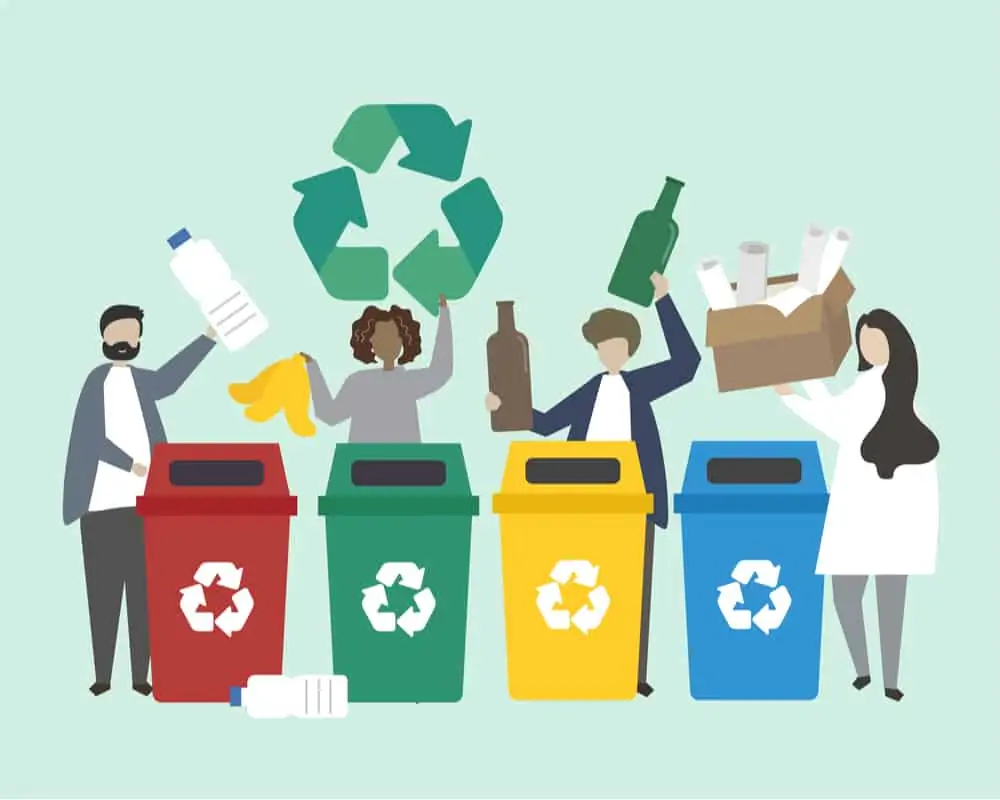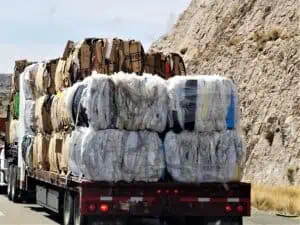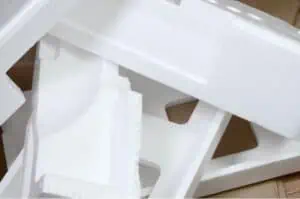As organizations look for new ways to become more environmentally friendly, there are a few small things they can improve on first before making drastic decisions that might affect their bottom line. One major improvement is implementing an updated waste minimization strategy. Not only will efficient strategies affect the environment, but they will also present substantial economic and social benefits.
In this article, we discuss the benefits, best strategies, and definition of waste minimization. Find out how you can improve your strategies and work towards a greener future for your organization and future generations.
Waste Minimization Defined
According to the EPA (Environmental Protection Agency), waste minimization refers to the use of source reduction and/or environmentally sound recycling methods prior to energy, recovery, treatment, or disposal of wastes. It does not include waste treatment, meaning any process designed to change the physical, chemical, or biological composition of waste streams.
For example, compacting, neutralizing, diluting and incineration are not typically considered waste minimization practices. EPA’s preferred hierarchical approach to materials management includes source reduction, recycling, energy recovery, treatment, and finally disposal.
By reducing or eliminating the production of toxic and persistent wastes, waste minimization supports efforts to promote a sustainable future.
Benefits of Waste Minimization
When your organization decides to improve its processes and implement a new or updated waste reduction strategy, numerous benefits come about. These benefits can affect your brand image, bottom line, as well as the environment.
Here are just a few:
- Production efficiency and quality – New technological practices and innovation will not only reduce the creation of waste but also offers to improve input quality, which translates to improved products.
- Reformed brand image – Once you adopt new strategies, you will boost the reputation of your company. This is due to your commitment to protecting the environment.
- Economic – Since you are using efficient products, you have the opportunity to reduce your cost when purchasing material, which significantly affects your financial investment.
- New customers – People love to think that the companies they buy their goods from are dedicated to improving our environment. Some consumers exclusively seek these organizations out, so you have an opportunity to reach a wider audience.
- Environmental – You are able to reduce carbon, air, and water emissions while you work to conserve natural resources.
- Stay ahead of the competition – When you reduce waste both in the final product and the manufacturing process, this decreases regulatory burdens associated with disposal. Reduction in time and money allows you to invest in new ideas and products.
The Best Strategies for Waste Minimization
In order to effectively implement a successful strategy, your business will have to come together to devise the best course of action. This strategy should not be a single person’s responsibility, because it will be a team effort to achieve your minimization goals. When thinking about how your business can decrease your waste stream, there are a few easy steps to take in the right direction.
Reduce the Use of Packaging Materials
Starting small, you can reduce the use of packaging materials like shrink wrap by redesigning your packages to use recyclable or degradable materials. This redesign will allow your company to hone in on a newer look and feel, as well as ensuring your packages do not end up in a landfill. If they do reach the landfill, you will be happy to know that your material will degrade in a way that is not harmful to the environment.
Reduce Harmful Wastewater
Another strategy that you could implement at your facility is to reduce the wastewater and industrial sludge that is a byproduct of manufacturing. Since these materials are hard to treat and dispose of, your facility should look into how to reduce the amount of water you are using during this process.
Decreasing the amount of wastewater and sludge will help you save money when you are looking to dispose of the waste properly. Additionally, you are able to help conserve natural resources and reduce the potential for environmental contamination.
Hold Your Employees Accountable
If your organization is going to make the claim that you have made significant steps towards a greener future, then you are going to have to hold your employees accountable to this as well. In order to reduce the amount of waste your employees generate, you can devise a plan that will encourage employees to be environmentally mindful both in and out of the workplace. For example, praise and reward employees that bring their own reusable mugs, cups, plates, and flatware instead of using single-use tableware.
Update Your Recycling Program
Another step you can take is to improve your own recycling program. You can place your desired bins in the higher traffic areas and clearly label each one. To help employees get into the habit of properly disposing of materials, create an internal goal for every month. This goal can be tied to how much waste your employees or departments recycled, for example. If they meet the goal, reward them in some way to encourage them to keep up the good work.
Assess Your Processes
Lastly, be sure to conduct a waste assessment at your facility to find new opportunities for waste reduction and cost savings. In order to do this, you have to examine what waste is generated and how said waste is managed throughout your facility.
Start by asking smart and targeted questions like, “what kind of trash do we generate, how much of it is there, and how are disposing of it? Can we eliminate generating as much material without affecting how we operate? Are there items in our waste that can be reduced, reused or recycled?
Conclusion
Now that you have a clearer understanding of what waste minimization is and how it can benefit your organization, it is up to you to implement a new strategy. If you are struggling to identify where you can improve, reach out to a waste company like Generated Materials Recovery (GMR). GMR has been a creative problem solver for manufacturing and industrial operations for more than 20 years focusing on providing reliable solutions to achieve sustainability goals.
For more information about how GMR can help you achieve your organization’s unique goals, contact GMR today. One of their waste specialists will be able to assist you and answer any questions you might have.







